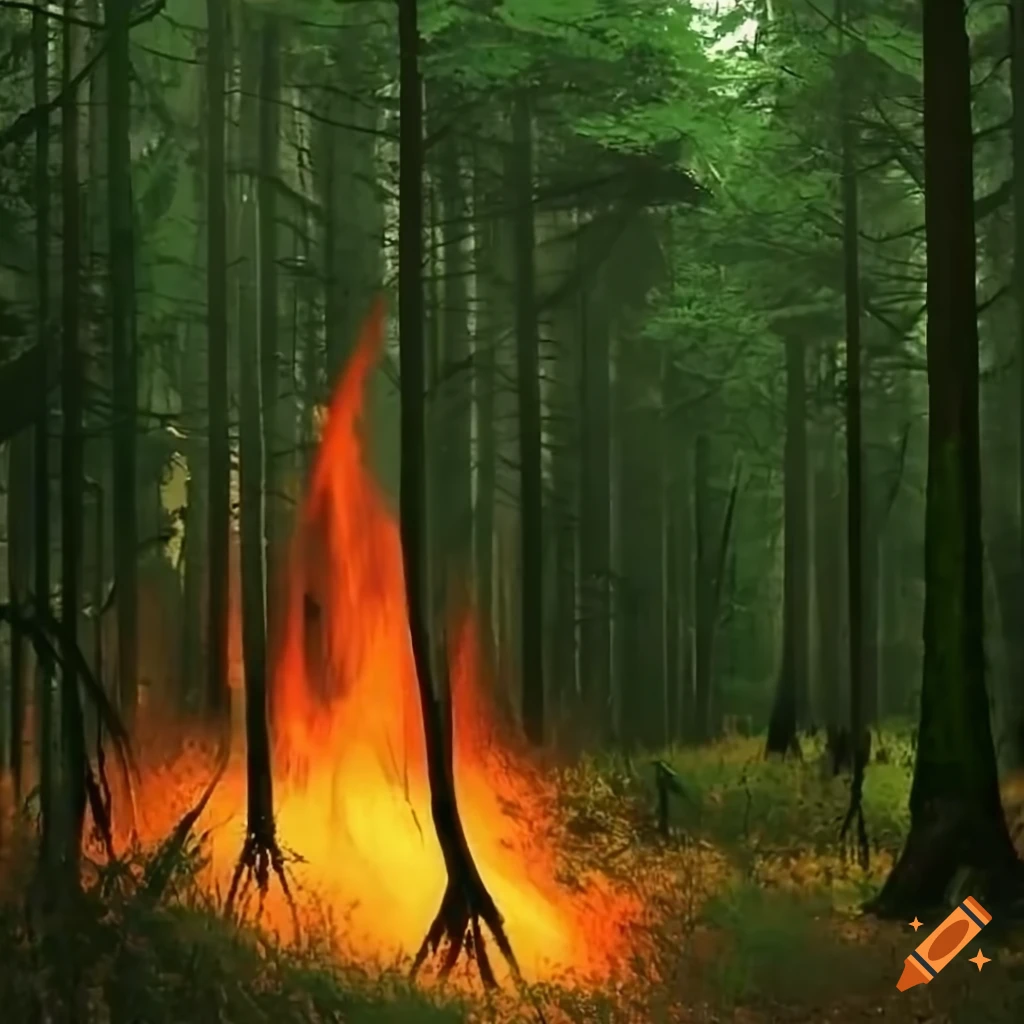BUSH BURNING
Bush burning refers to the intentional or unintentional setting of fire to bushland,
which includes areas covered with vegetation like grasses, shrubs, and small trees.
PRACTICE THAT INFLUENCE BUSH BURNING
-
Farming practices influence bush burning as farmers use fire to clear bushes and prepare the land for planting.
-
Hunting practices lead to bush burning when hunters set fire to bushes to drive out animals for easier capture.
-
Land clearing often involves bush burning to quickly remove vegetation for construction or road projects.
-
Cultural practices may involve bush burning as part of traditional ceremonies or rituals.
-
Waste disposal contributes to bush burning when agricultural or household waste is burned to reduce clutter.
-
Accidental fires result from carelessness, such as improper handling of fire during cooking or smoking.
EFFECT OF BUSHING BURNING
-
Destruction of habitats and loss of wildlife diversity.
-
Reduced soil fertility and increased erosion, impacting agriculture.
-
Smoke contributes to air pollution, affecting respiratory health.
-
Increased carbon emissions exacerbate climate challenges.
-
Damage to crops, loss of livestock, and reduced income.
-
Higher respiratory diseases due to smoke inhalation.
-
Threat to traditional practices and land management knowledge.
REGULATION AGAINST BUSH BURNING
-
Laws to stop people from burning bushes carelessly to protect plants and animals.
-
Fines or jail to punish those who burn bushes wrongly.
-
Teaching people about the harm of bush burning to helps them avoid it.
-
Special permits control when and where burning is allowed safely.
-
Communities help that guard forests to stop illegal bush burning.
-
Rules on using fire help to prevent bush burning by mistake.

